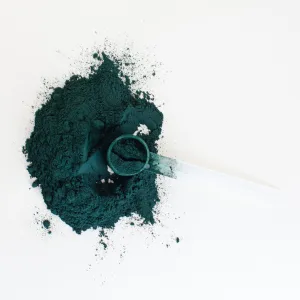Soap is a daily necessity in our lives. We use it to keep our bodies clean, our clothes fresh, and our homes sanitized. But have you ever heard of cold process soap? If not, then you are in for a treat. Cold process soap is a type of soap-making process that has been used for centuries. In this article, we will discuss what cold process soap is, how it is made, and why it is a popular choice among soap-makers.
What is Cold Process Soap?
Cold process soap is a traditional method of making soap that involves mixing fats or oils with an alkali (such as lye) to create a chemical reaction known as saponification. The process is called “cold” because no external heat source is used to speed up the saponification process. Instead, the heat generated from the chemical reaction is used to create the soap.
How is Cold Process Soap Made?
To make cold process soap, you will need a few basic ingredients and supplies:
- Fats or oils: These can include vegetable oils, animal fats, or a combination of both. We prefer to use plant-based ingredients instead of those derived from animals.
- Sodium hydroxide (NaOH): This is also known as lye, which is a strong alkaline substance that is used to saponify the fats or oils.
- Water: This is used to dissolve the lye and mix it with the fats or oils.
- Essential oils or fragrance oils: These are used to add scent to the soap.
- Molds: These are used to pour the soap mixture into and allow it to set.
The soap-making process involves combining the lye and water, then slowly adding the fats or oils. The mixture is stirred until it reaches a specific temperature and consistency. At this point, essential oils or fragrance oils can be added. The mixture is then poured into molds and left to set for 24-48 hours. Once the soap has hardened, it can be cut into bars and left to cure for 4-6 weeks. During this time, the soap will continue to harden and the excess water will evaporate, resulting in a harder and longer-lasting bar of soap.
Why is Cold Process Soap Popular?
There are several reasons why cold process soap is a popular choice among soap-makers:
Naturally Occurring Ingredients: Cold process soap is made with naturally occurring ingredients, such as vegetable oils and essential oils, making it a better alternative to commercial soaps that often contain synthetic chemicals and additives.
Customizable: Cold process soap can be customized by adding various scents, colors, and textures to create a unique soap bar.
Long-Lasting: Cold process soap is a hard bar of soap that lasts longer than commercial soap bars.
Sustainable: Cold process soap is a more sustainable option than commercial soap, as it is often made in small batches and does not require excessive packaging.
- Glycerine: Cold process soap contains glycerine as a byproduct of saponification. Glycerine is an amazing humectant, which means it allows for moisture to bond to the moisture barrier of your skin. Commercial products often remove the glycerine from their final product and sell it to consumers separately.
Conclusion
Cold process soap is a traditional soap-making process that has been used for centuries. It is made by mixing fats or oils with an alkali to create a chemical reaction known as saponification. Cold process soap is a popular choice among soap-makers because it is made with naturally occurring ingredients, customizable, long-lasting, and sustainable. If you are interested in making your own soap, consider trying the cold process method for a unique and natural soap bar or choosing from our collection of soaps!



